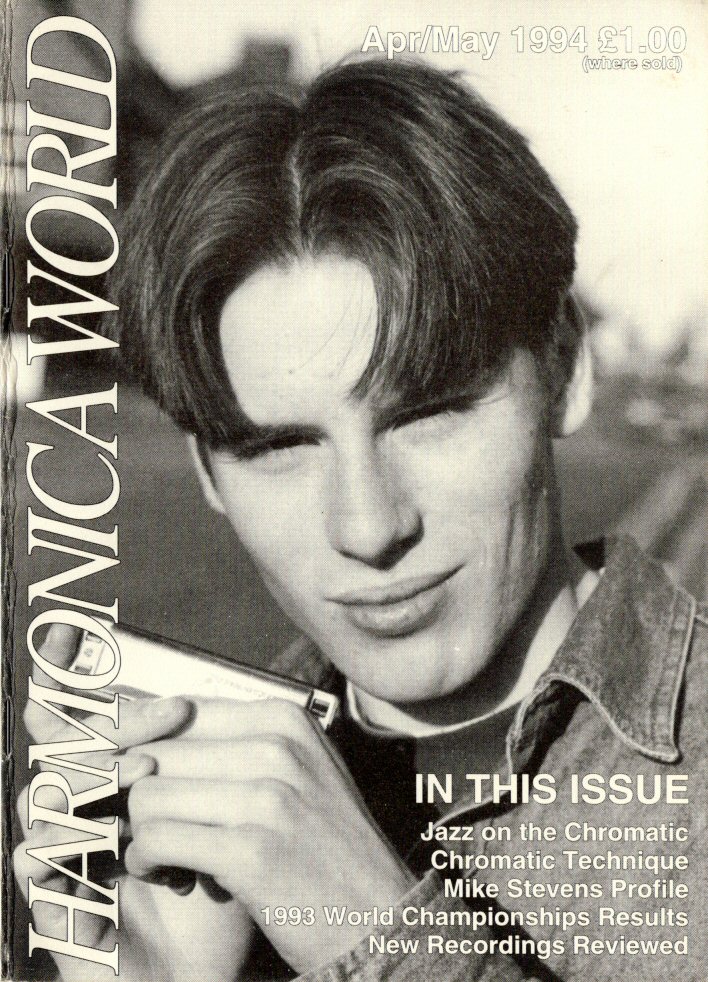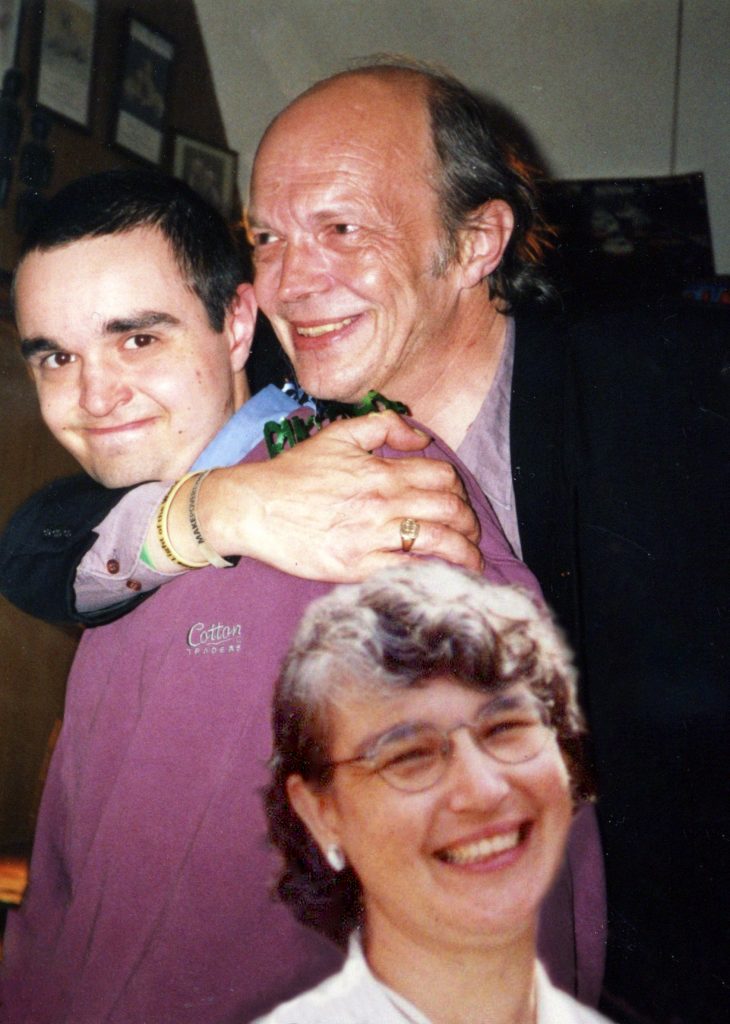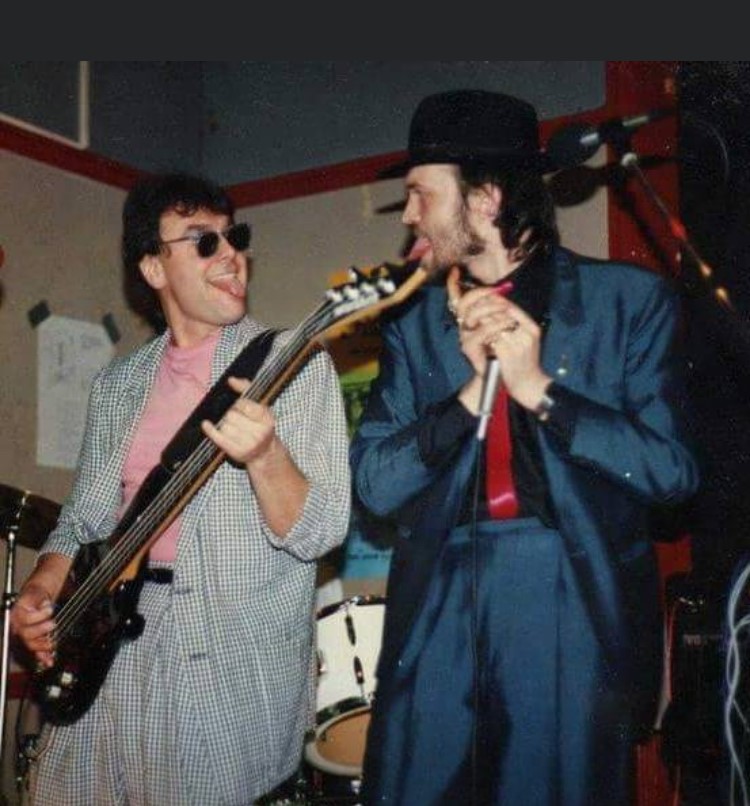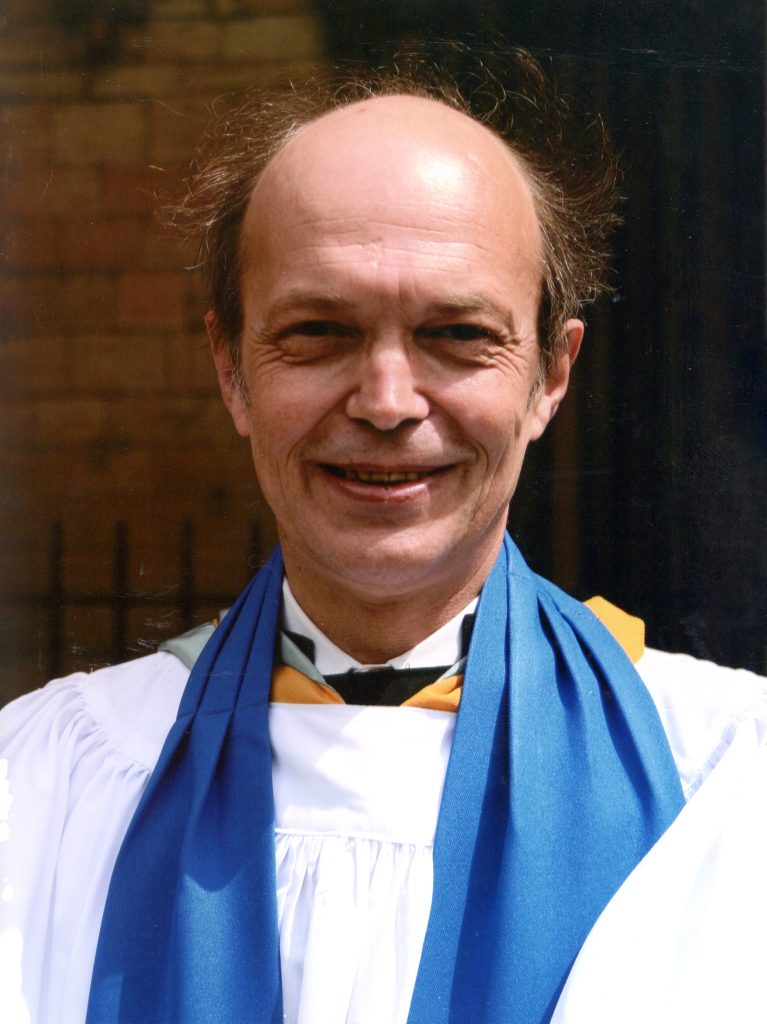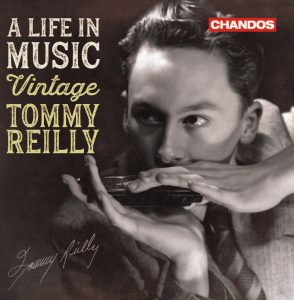Norman R. Dobson Jr., or Norm, as he was known to all his harmonica friends everywhere, was the US Vice President of the National Harmonica League from 1982 until his death, aged 90. He lived in Peabody, near Boston, and for many years he looked after the interests of NHL members who lived in the USA. He was also a VP for SPAH in the 1990s.
Norm played harmonica as a child but his musical life changed when he heard Peg O’ My Heart being played on the radio in 1947. He bought the 78rpm record and 16 hole chromatic harmonica. He was in the Marines but when he came out of the Services in 1950 he found two friends, Bill Mackay (chord) and Jack Malaquias (bass) who joined him in a harmonica trio, The Harmonichords. They performed together for 38 years and helped with the important charity work Norm did with other ex-Marines in his home town.
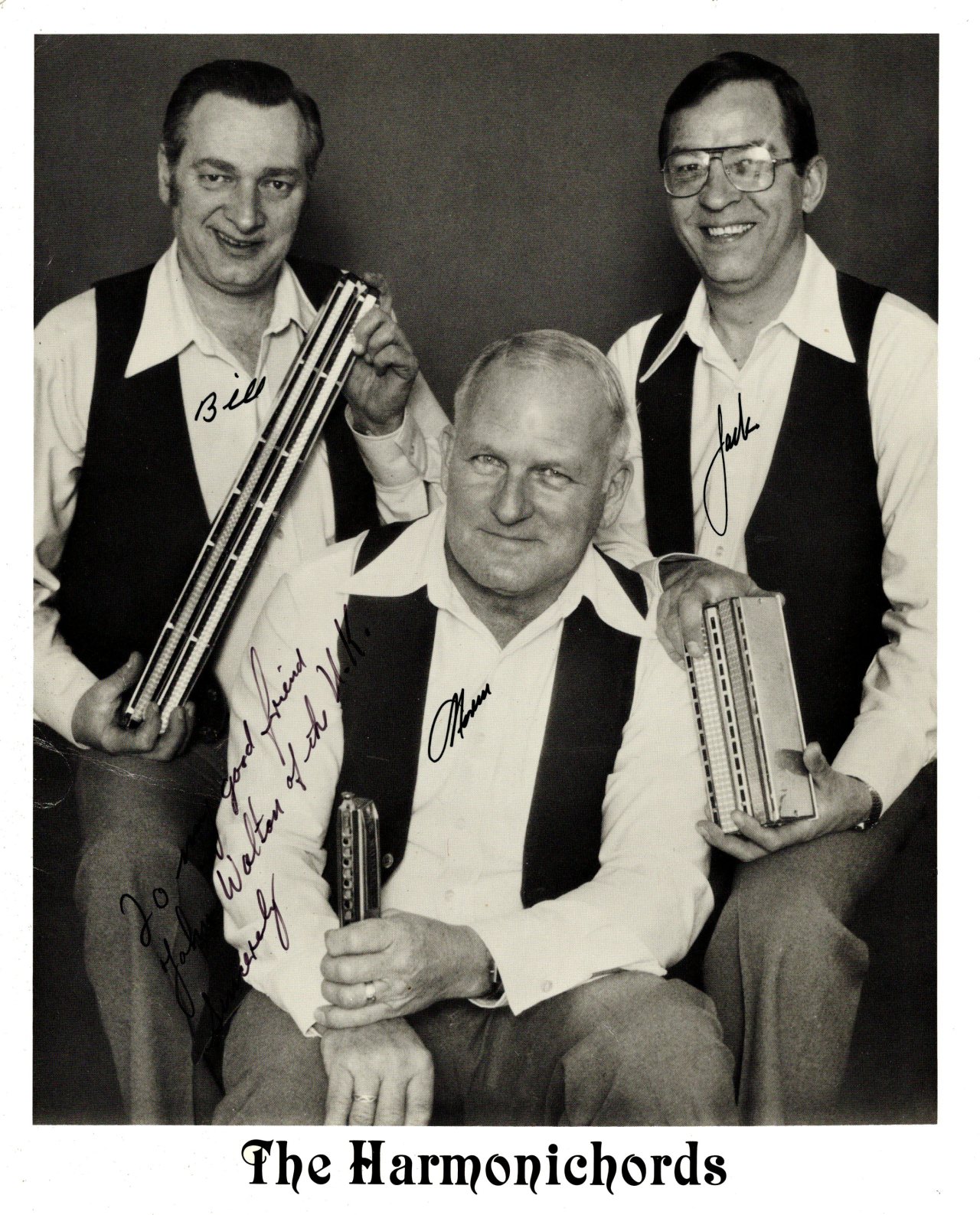
Norm always had an interest in the harmonica which went worldwide and he attended many national festivals, becoming a member of many harmonica associations around the world. This is how he came to build a special relationship with the National Harmonica League. John Walton invited him onto the committee in 1982, about the time Hohner bestowed the title World Ambassador of the Harmonica on him. He hosted NHL members on their trips to the USA and he helped to run the World Championship Festival in Jersey, 1987, organised by Jim Hughes. You can see him at work in the first five minutes of this video. Here is another video of him in the concert with Alan Pogson and Earl Williams.
After the festival Norm stayed on to visit his friends in the UK. He remained in touch with the NHL and was pleased to be a part of its success. He was also a VP of SPAH for a time in the 1990s.
Norm was most proud of becoming the first and only harmonica player to be elected as the head of a district Musicians Union. Until 1947 the harmonica was regarded as a toy, but, following the success of The Harmonicats’ recordings, harmonica players were finally accepted as members of the Union. Norm was President of the Local 126 Northshore Musicians of America Federation of Musicians for many years until his death.

Harmonichords keep Trossingen tradition
by EDWARD T. MEANEY – (Extract)
One who will argue that the mouth organ is still alive and well is a Peabody man, Norman (Norm) Dobson, the lead player for a harmonica trio, “Harmonichords,” which has entertained throughout this area and is in Europe. Yes, even Trossingen.
Norm’s companions are: Bill Mackey of Seabrook, N.H., formerly of Hamilton, chord rhythm and har- monetta player, and Jack Malaquias of Danvers, bass vocalist, who does thesinging as he plays his bass guitar.
The “Harmonichords’’ have been operating seven years, being born after Norm placed an advertisement appealing to harmonica advocates to join him. Ever since, the trio has been playing at dances, weddings, anniversaries, and socials of various types.
Norm said “our trio has done very little show playing and we don’t regard ourselves as a show harmonica trio. We play everything from rock ‘n roll to modern commercial music, one of our latest favorites being the Barry Manilow hit, ‘I Write the Songs’.”
In 1974, the Dobson trio went to Germany, appeared on TV, and moved along to Holland. “The reason we went,” Norm went on, “was to meet the world champion harmonica trio of Gladbeck, West Germany, ‘The Blizza Harmonica Trio.’ We joined them in performing at several night clubs and parties.
The biggest event for the “Harmonichords’’ in Germany came when they appeared on the stage of the Sports Hall in Trossingen in the heart of the Black Forest, The two harmonica units played before an audience in excess of 5,000. Tapes were filmed for television and later there were feature stories in WAZ, one of Germany’s leading newspapers. Germany, of course, is the world leader in harmonica music.
In 1975, the “Harmonichords” submitted a tape recording to the competition sponsored by the International Harmonica Association in Germany, one of several hundred submitted by groups throughout Western Europe and several parts of the United States. Norm’s trio came up with a certificate from the Federation Internationale de la Harmonica (FIH), putting together a 12th place finish.
“One of the highlights of the trip to Germany came when Georg Armbruster, then general manager of the Hohner factory in Trossingen, presented me with sterling silver lapel pins and certificates, making our trio the only American group to become members of the Deutscher Harmonika Verband ( DHV).”
“The Blizza Harmonica Trio” also came to this country in 1975, appearing at King’s Grant Motor Inn and Restaurant in Danvers. Norm, himself, made another trip to Germany in 1977, helping “The Blizza Harmonica Trio” to celebrate its 25th year in the world of harmonica entertainment. On that occasion, he represented the U. S. Harmonica Club, SPAH.
Norm is also an honorary member of the oldest harmonica club in the world, Harmonica Orchester Edelweiss of Wuppertal, West Germany and an honorary member of the Harmonica Orchester Bergisch Echo in Leichlingen, West Germany.
“There are no ‘name trios’ other than our group in this part of New EnglandAt least, they aren’t registered with SPAH. In New York and New Jersey, several harmonica trios are going strong”
“I don’t feel the harmonica has reached its peak. Many think it is a thing of the past, a reminder of ‘the good old days.’ On the contrary, it’s coming more into its own in all phases of music, the symphony, Boston Pops, and other musical groups.
“Richard Hayman, who currently arranges music with the Boston Pops, is a featured harmonica soloist and another, Larry Adler, was in this area not too long ago for a concert.”
Here are a couple of local obituaries – The Salem News and the CCB Funeral Home
